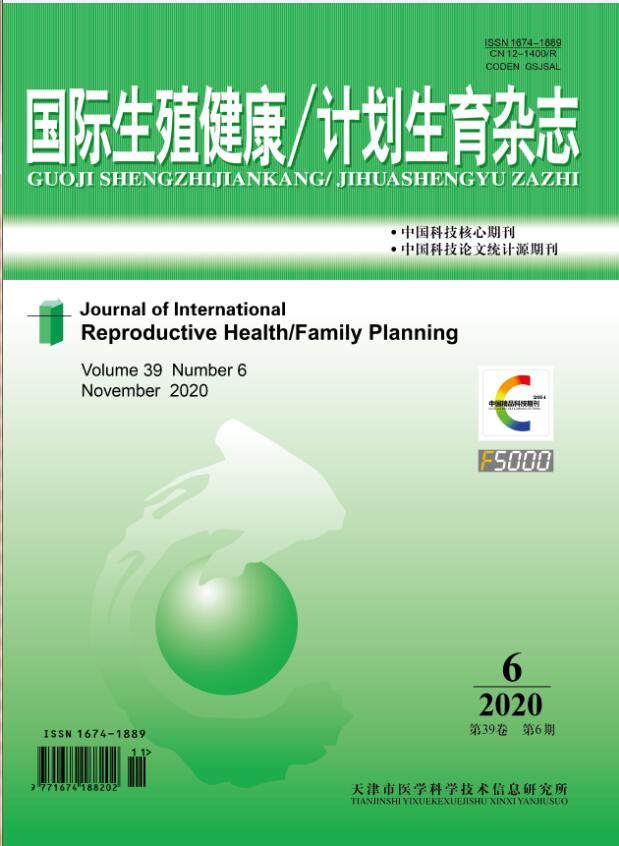|
|
Value of ″See and Treat″ Method in the Diagnosis and Treatment of Cervical Intraepithelial Neoplasia
GENG Xiao-hui;LI Hong-yan
2013, 32 (3):
175-177.
Objective:To evaluate the application of the "see and treat" approach of the loop electrosurgical excision procedure (LEEP) in women with cervical intraepithelial neoplasia(CIN). Methods: Three hundred women having childbearing history with cervical intraepithelial neoplasia were included in this study. According to the test of cervical liquid-based cytology (TCT),cases were divided into two groups,group A(low lesions) and group B(high lesions). Group A, included 162 cases with atypical squamous cells of undetermined significance(ASCUS), atypical glandular cells of undetermined significance (AGUS), low-grade squamous intraepithelial lesion (LSIL) patients. Group B included 138 cases with high-grade squamous intraepithelial neoplasia (HSIL). All cases were scored by the electronic colposcope quantitative scoring system(RCI). Cases of group A were treated by the cervical biopsy combined with colposcopy and electrosurgery(LEEP). Cases of group B were treated by the "see and treat" approach of LEEP. Then pathological results were analyzed. Results: There is not significant difference in the CIN Ⅱ detection rates between by cervical biopsy and by LEEP within group A(P>0.05). In group A, the pathologic diagnosis of CIN Ⅱ, or above, was 18.52%; while the over-treatment rate was 81.48%. In group B, the pathologic diagnosis of CIN Ⅱ or above was 80.43%, while the over-treatment rate was 19.57%. In group B, if combined with the RCI high score, the diagnosis sensitivity of CIN Ⅱ or above was 84.68%, specificity 81.48%, positive predictive value 94.94%,the omission diagnose rate 15.31%,and the over-treatment rate 5.05%. Conclusions: For those patients with HSIL by TCT and high scores by RCI,the "see and treat" approach can reduce the over-treatment rate and the omission diagnose rate.
Related Articles |
Metrics
|

